This post may contain affiliate links. Please read my privacy policy.
Garlicky, sweet, and sticky—this honey garlic salmon is my go-to for a quick and healthy dinner. It’s ready in just 15 minutes, but the flavors make it feel like something you’d splurge on at a fancy restaurant.
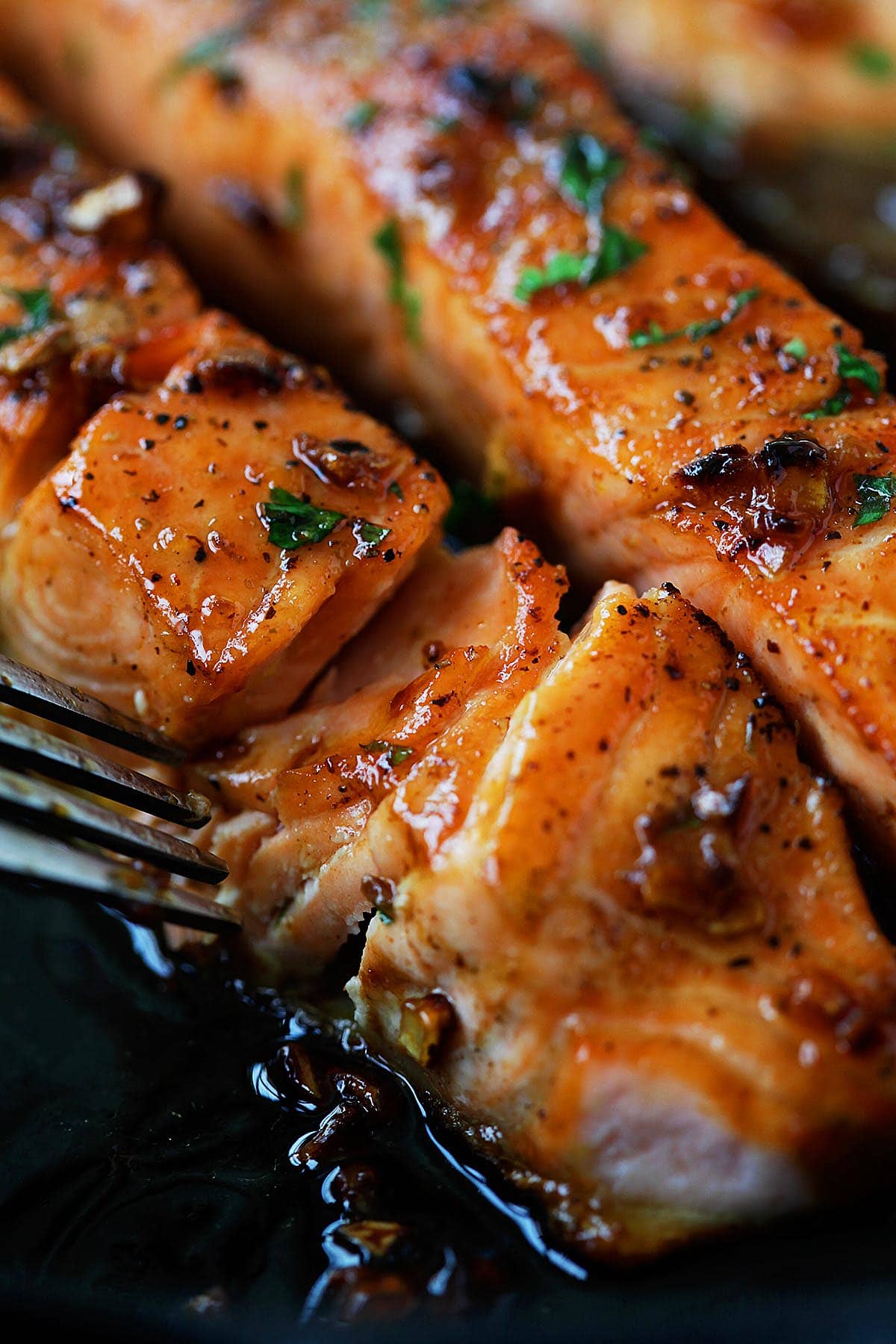
The Best Salmon Recipe
I absolutely love salmon, and Honey Garlic Salmon is one of my all-time favorite recipes. Just imagine it: perfectly cooked salmon fillets coated in a glossy honey garlic glaze. Every bite is bursting with flavor! The honey and garlic sauce keeps the salmon juicy, moist, and packed with deliciousness—and it’s healthy, too!
What makes my honey garlic salmon stand out is how simple it is to make. Just like my baked cod recipe, this quick salmon dinner is one of the fastest meals you can make at home. From prep to plate, it’s done in just 15 minutes. It’s proof that you don’t need anything fancy to make amazing food—sometimes, the simplest ingredients create the most incredible meals.
If you’re craving something tasty and easy for dinner, give this wild salmon recipe a try. With an average 4.5-star rating and over 1,500 votes, it’s a tried-and-true favorite that guarantees perfectly moist, flavorful salmon every single time! Don’t forget to check out my step-by-step video and tips below for making this dish foolproof.
“I’m obsessed with this recipe. It was so quick and easy. The flavors were amazing. I made this dish for my family and they were in love with it. I’m still thinking about how good it was days after. I can’t wait to make it again.”
– Shaza
Why This Recipe Works
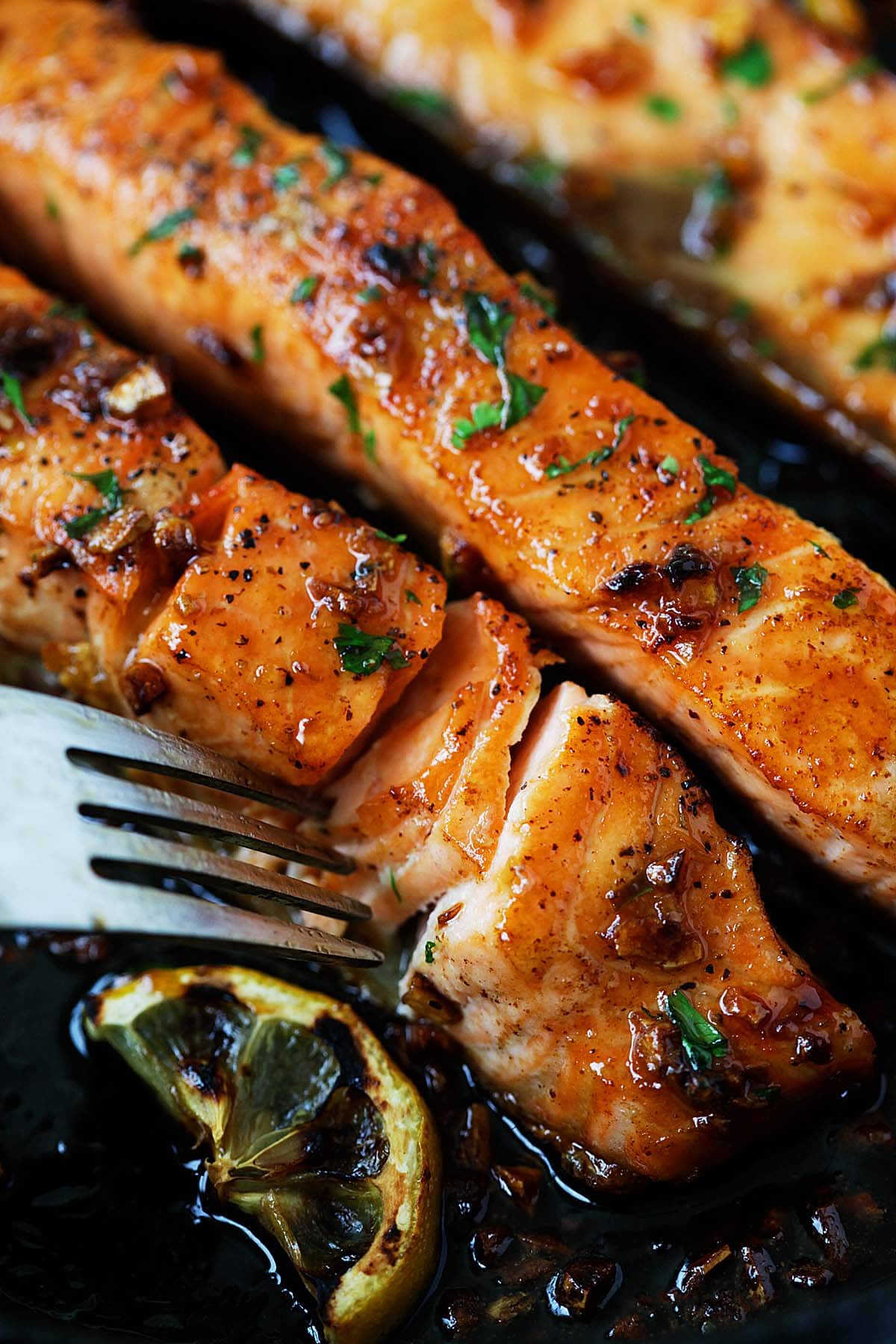
With over 1,500 reviews and a 4.5-star rating, my honey garlic salmon is hands down one of the best salmon recipes online. It’s easy to make and packed with flavor—the sweet and savory honey garlic glaze is the perfect match for the rich, flaky salmon.
What I love about this recipe is how versatile it is. Whether you pan sear, grilling salmon, or baked salmon, you can easily customize it to suit your style. It’s a favorite for a reason—it delivers consistently delicious results every time!
I recently had some fussy friends around for dinner. They said that the salmon was the best they had ever tasted. This recipe takes salmon to a whole new level of taste and presentation!
– Carl Gillam
Salmon
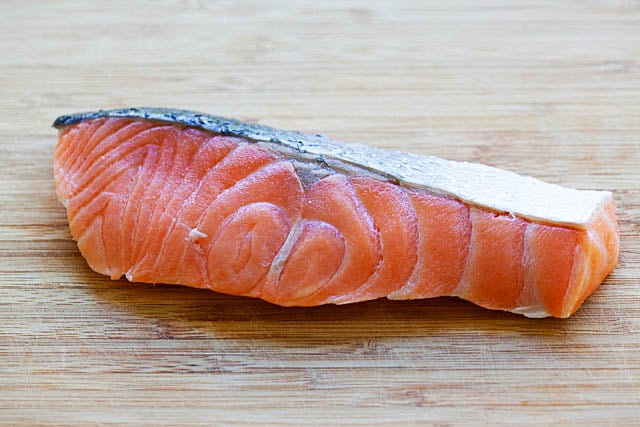
The United States is a salmon powerhouse, supplying nearly one-third of the world’s wild salmon! With so many types of salmon available, here are my top tips for picking the freshest and best:
- Wild-Caught Salmon: If you spot wild salmon at your market, grab it! Wild salmon comes from the pristine waters of the Pacific Northwest and Alaska and is loaded with omega-3 fatty acids.
- Farmed Salmon: If you’re buying farmed salmon, look for imports from Norway. Steer clear of salmon from China, as their farms often use harmful chemicals that can pose health risks.
- Timing Matters: For the freshest fish, shop on the days your grocery store restocks its seafood section.
- Color Check: Wild salmon has a natural orange hue, while farmed salmon is usually pale orange. Avoid salmon that’s overly bright orange or red—it’s a sign that food dye was added.
Use these tips to make sure you’re bringing home the freshest, healthiest salmon for your meals!
Wild Salmon Vs. Farmed Salmon
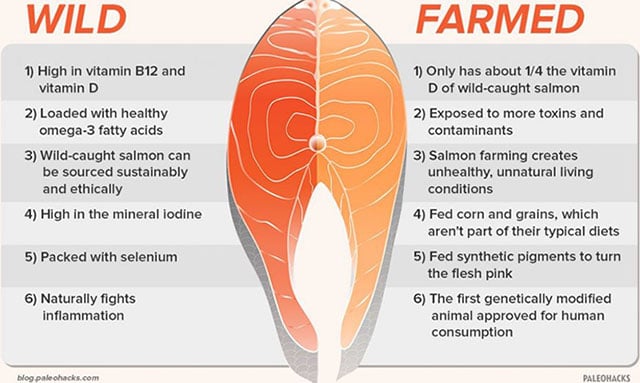
I chose wild salmon for my honey garlic salmon because it has a richer flavor, is healthier, and supports sustainable fishing practices.
- Wild caught salmon nutrition. Compared to its farmed counterpart, wild salmon provides a more robust base for the sweet and savory notes of the honey garlic glaze.
- Lower in fat and high in omega-3 fatty acids. Wild salmon is a healthy choice for you and your family.
- Sustainable. Wild salmon is environmentally friendly. Salmon farming is notorious for its unhealthy and unnatural living conditions.
The diagram above summarizes the difference between wild salmon and farmed salmon. To learn more, read Bon Appetit article.
Ingredients You’ll Need
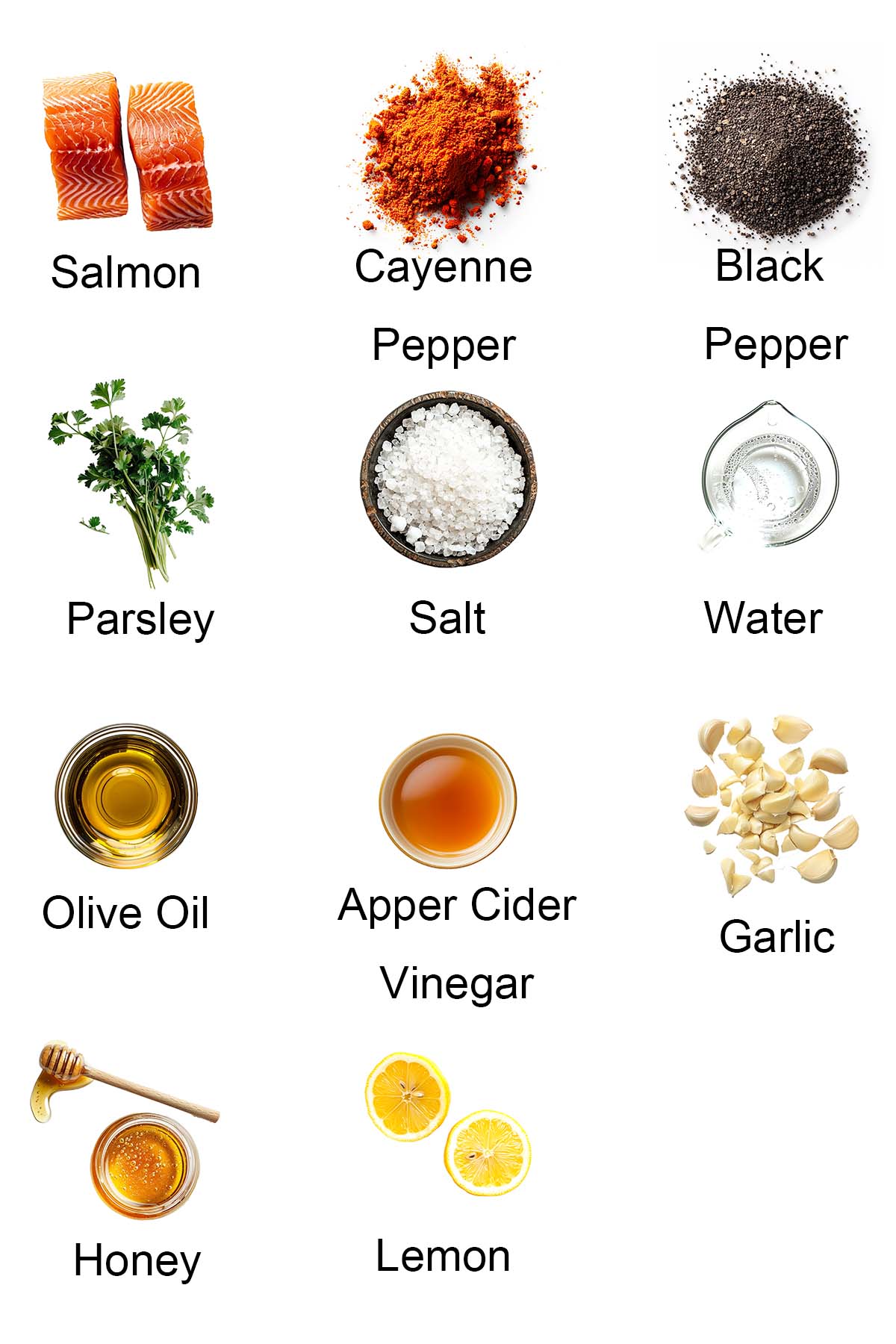
To make this Honey Garlic Salmon recipe, you will need the following ingredients:
- Salmon fillet.
- Minced garlic.
- Honey.
- Apple cider vinegar or lemon juice – I used apple cider vinegar because it balances out the sweetness of the honey without being too sharp, but if you’re in the mood for a citrusy vibe, lemon juice would be perfect! Add lemon wedges during the cooking process to jazz up the citrusy note.
- Salt and pepper.
Please refer to the recipe card at the bottom of this post for full details on each ingredient.
Recipe Substitutions
- Skinless salmon – It works perfectly if you prefer skinless, just be a bit more careful when flipping, since the fillets can be more delicate without the skin.
- Other types of fish – You can easily swap the salmon for firm white fish like cod, haddock, or tilapia. Just adjust the cooking time based on the thickness of the fish!
- Cayenne pepper substitute – Paprika for a smoky flavor with no heat, or chili flakes for a little kick (though not as spicy as cayenne).
- Other proteins – You can swap the salmon for chicken, shrimp, or even tofu. For chicken, cook for about 6-8 minutes per side, depending on thickness. Shrimp cooks quickly, around 2-3 minutes per side. Tofu takes about 5-7 minutes per side to get nice and crispy.
- Herbs – I used parsley in this recipe, but you can easily swap it for your favorite herbs! Dill, thyme, or basil would all work great. Just sprinkle them on top before serving for a fresh flavor boost!
How To Make Honey Garlic Salmon
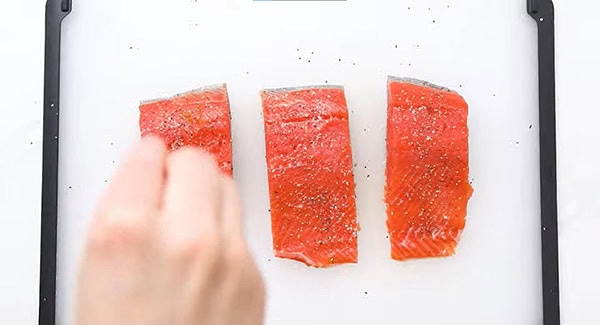
Start by seasoning the salmon with a little salt, black pepper, and cayenne pepper, then set it aside for now.
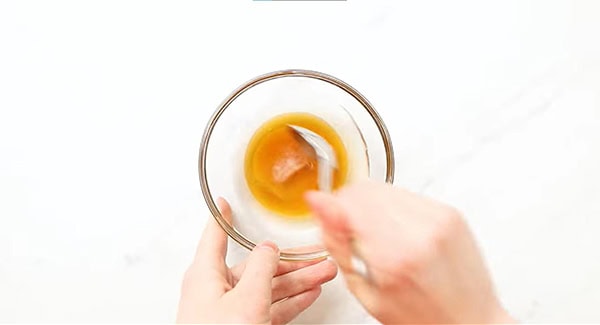
In a bowl, mix together the honey, water, apple cider vinegar (or lemon juice), and a pinch of salt. Give it a good stir until it’s all combined.
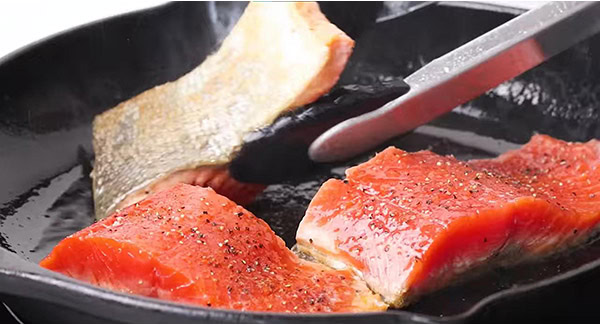
Grab an oven-safe skillet (cast iron is perfect!) and heat it up on high. Add some olive oil, then put the salmon in, skin side down, and let it cook for about a minute. Flip it over, cook the other side for another minute, then flip it back so the skin side is down again.
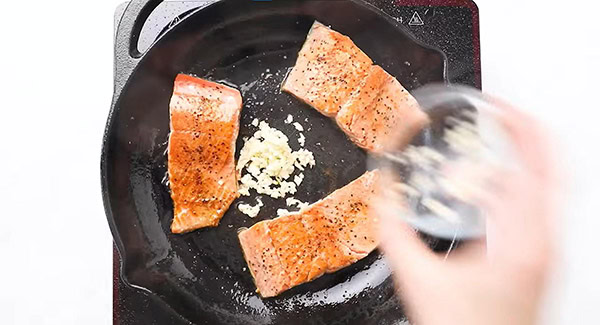
Toss some garlic into the pan and let it sauté until it’s just starting to brown. Pour in the honey mixture and add some lemon wedges, then let the sauce simmer down until it’s sticky and glossy.
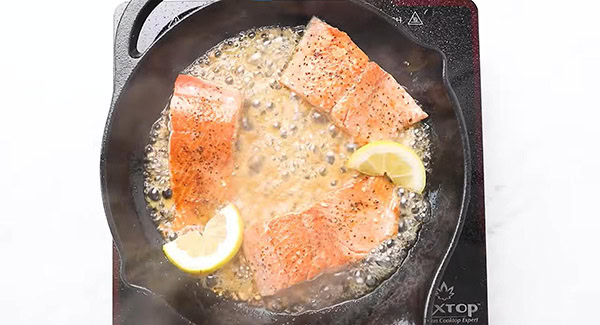
If you want a little extra char, stick the skillet under the broiler for about a minute—that’s totally optional.
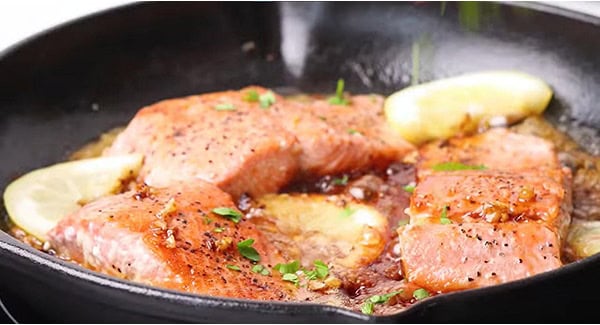
Finish it off with a sprinkle of parsley on top and serve it up right away. So good!
Secret Tips & Techniques
Follow my expert tips below, and you’ll whip up restaurant-quality salmon at home that’ll satisfy even the pickiest eaters. Not a fan of salmon skin? Just wait until you uncover the secret techniques to make it irresistibly crispy.
- Sear for Crispy Skin: When cooking the salmon, I always start by pan searing it skin-side down in a hot cast-iron skillet with a little olive oil. This helps crisp up the skin and creates a delicious texture contrast with the tender flesh of the salmon.
- Olive oil: Olive oil is my go-to choice for this because it has a relatively high smoke point and its unique flavor profile works perfectly with the salmon.
- Cast-iron skillet: I love using a cast-iron skillet for cooking salmon. It heats evenly, retains heat well, and is incredibly versatile. It helps cook the salmon consistently, giving it that perfect crispy exterior while keeping the inside tender. Plus, the natural non-stick surface and patina of the skillet make it the best tool for cooking salmon to perfection!
Pro Tip: Scraping the salmon skin against the direction of the scales can help make it crispy. This action helps to remove excess moisture and roughen the surface, which promotes better crisping during cooking. It also allows the heat to penetrate more evenly, resulting in a uniformly crispy texture that you just can’t stop eating.
Frequently Asked Questions
To adjust the sauce, just scale the ingredients based on how much salmon you’re cooking. For each 4-6 oz serving, use about 2 tablespoons of honey, 1 tablespoon of water, and 1 1/2 teaspoons of apple cider vinegar. Multiply these by the number of servings, then tweak to taste!
After pre-heating your cast iron pan, it’s a good idea to turn the heat down before adding the honey mixture. Cast iron holds heat really well, so if the heat stays too high, the glaze can cook way too fast. Once the salmon is in, lower the heat to medium, then add the honey mixture. This will help the glaze reduce slowly without burning.
For this recipe, you’ll cook the salmon first, then pour the honey garlic mixture over it at the end. Once the salmon is almost done, add the garlic and sauce around it in the pan. Let the sauce reduce while the salmon stays in the pan, then spoon the reduced glaze over the top. This way, the salmon gets coated in that delicious, sticky sauce.
For broiling, set your oven to high broil (around 500°F/260°C) and broil the salmon for about 1 minute, or until the surface is slightly charred. Make sure to add the sauce before broiling so it can caramelize on the salmon. Just keep an eye on it to make sure it doesn’t burn!
Yes, you can definitely bake the salmon! Preheat your oven to 400°F (200°C) and place the seasoned salmon on a baking sheet lined with parchment paper. Bake for about 12-15 minutes, depending on the thickness of the fillets. Once the salmon is cooked through and flakes easily with a fork, pour the honey garlic glaze over the top.
Yes, you can totally cook the salmon on the grill! Just season it as usual and grill over medium heat for about 3-4 minutes on each side, depending on how thick the fillets are. As for the sauce, I’d recommend pouring it on after cooking, rather than marinating the salmon in it. This keeps the glaze fresh and sticky without it burning on the grill.
Yes, you can definitely cook the salmon in an air fryer! Preheat it to 375°F (190°C), then season your salmon and place it in the basket, skin-side down (if it has skin). Cook for about 8-10 minutes, depending on the thickness of the fillets. Check if it’s cooked through by seeing if it flakes easily with a fork. Once it’s done, pour the honey garlic glaze over the top and enjoy!
Let the salmon cool completely before storing. Place it in an airtight container and keep it in the fridge for up to 3 days. If you can, store the sauce separately so the salmon doesn’t get soggy.
For best results, reheat gently on the stovetop or in the oven. On the stovetop, warm it over low heat with a splash of water or leftover sauce. In the oven, wrap the salmon loosely in foil and reheat at 300°F (150°C) for 10 to 12 minutes. Avoid the microwave—it tends to dry out the fish.
Yes! Reheat the salmon in the air fryer at 320°F (160°C) for about 3 to 4 minutes. Check to make sure it’s heated through but not overcooked.
I don’t recommend freezing cooked salmon because it will affect the texture of this salmon recipe. The flesh will become tough and rubbery after freezing.
When it comes to cooking salmon, one of the biggest questions is whether or not to cook with skin on or skin off.
Salmon skin is edible. Personally, I don’t eat salmon skin unless the salmon is deep-fried and the salmon skin becomes crispy.
For easy cooking, there is no need to remove the skin. Cook the salmon as is, with skin on, then discard the skin if you don’t want to eat it.
Just make sure that the skin is completely cleaned with no scales.
This salmon recipe is only 251 calories per serving.
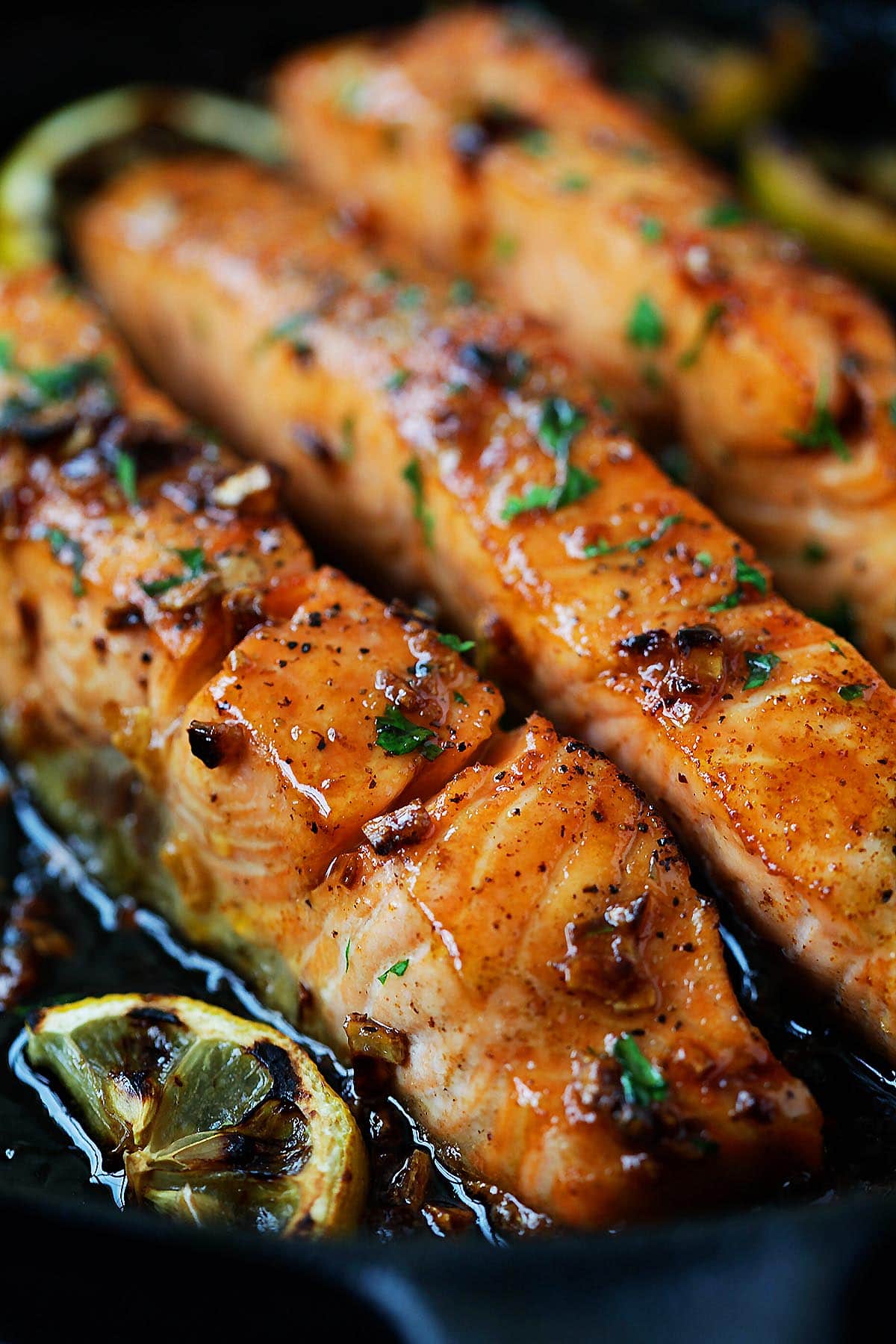
What To Serve With This Recipe
Salmon is best served with healthy side dishes like Garlic Broccoli and Air Fryer Zucchini (with Parmesan Cheese). For a healthy meal and easy weeknight dinner, I recommend the following recipes.
I hope you enjoy this post as much as I do. If you try my recipe, please leave a comment and consider giving it a 5-star rating. For more easy and delicious recipes, explore my Recipe Index, and stay updated by subscribing to my newsletter and following me on Facebook, Pinterest, and Instagram for new updates.
Other Recipes You Might Like
- Air Fryer Salmon
- Honey Teriyaki Salmon
- Salmon Patties
- Garlic Herb Roasted Salmon
- Shrimp Kebab
- Seafood Boil
- Garlic Lemon Butter Crab Legs
- Sweet Chili Salmon
- Garlic Herb Roasted Salmon
- Thyme Butter Salmon Parcels
- Honey Sriracha Salmon

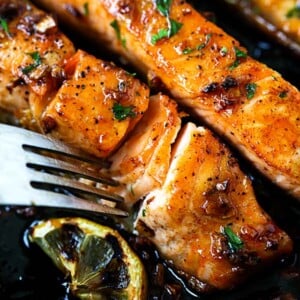
Honey Garlic Salmon (The Best Recipe!)
Ingredients
- 12 oz. salmon, cut into 2-3 fillet strips
- salt
- black pepper
- 1 pinch cayenne pepper
- 2 tablespoons honey
- 1 tablespoon warm water
- 1 1/2 teaspoons apple cider vinegar , or lemon juice
- 1 tablespoon olive oil
- 3 cloves garlic, minced
- 1/2 lemon, sliced into wedges
- 1 tablespoon chopped parsley
Instructions
- Season the surface of the salmon with salt, black pepper, and cayenne pepper, and then set aside.
- Combine the honey, water, apple cider vinegar (or lemon juice), and a pinch of salt in a bowl, and stir well to mix.
- Heat an oven-safe skillet (preferably cast iron) over high heat. Add olive oil and pan-fry the salmon, skin side down, for about 1 minute. Flip the salmon and cook for another minute. Then, turn it over again so that the skin side is facing down.
- Add the garlic to the pan and sauté until it is slightly browned. Then, add the honey mixture and lemon wedges to the skillet, and reduce the sauce until it becomes sticky.
- Finish by broiling the salmon in the oven for 1 minute, or until the surface becomes slightly charred (optional step).
- Top the salmon with parsley and serve immediately.
Video
Notes
- Sear for Crispy Skin: When cooking the salmon, I always start by pan searing it skin-side down in a hot cast-iron skillet with a little olive oil. This helps crisp up the skin and creates a delicious texture contrast with the tender flesh of the salmon.
- Olive oil: Olive oil is my go-to choice for this because it has a relatively high smoke point and its unique flavor profile works perfectly with the salmon.
- Cast-iron skillet: I love using a cast-iron skillet for cooking salmon. It heats evenly, retains heat well, and is incredibly versatile. It helps cook the salmon consistently, giving it that perfect crispy exterior while keeping the inside tender. Plus, the natural non-stick surface and patina of the skillet make it the best tool for cooking salmon to perfection!
Nutrition
Nutrition information is automatically calculated, so should only be used as an approximation.
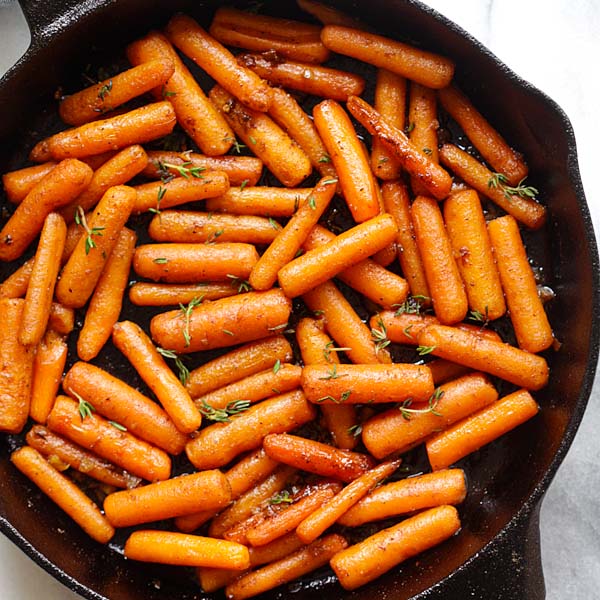
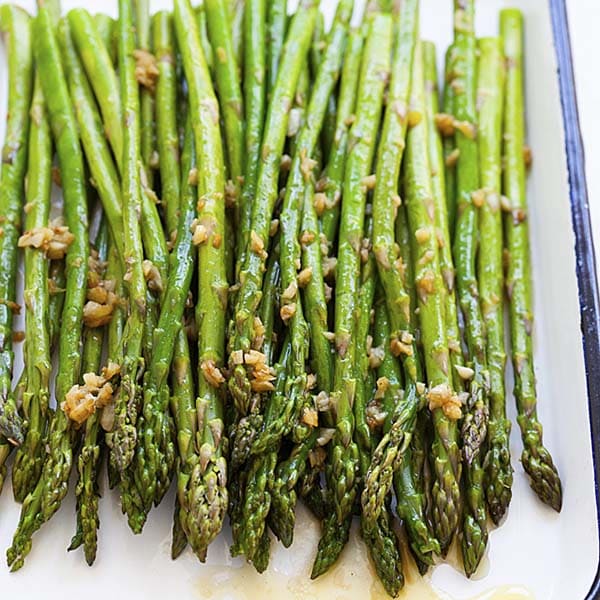
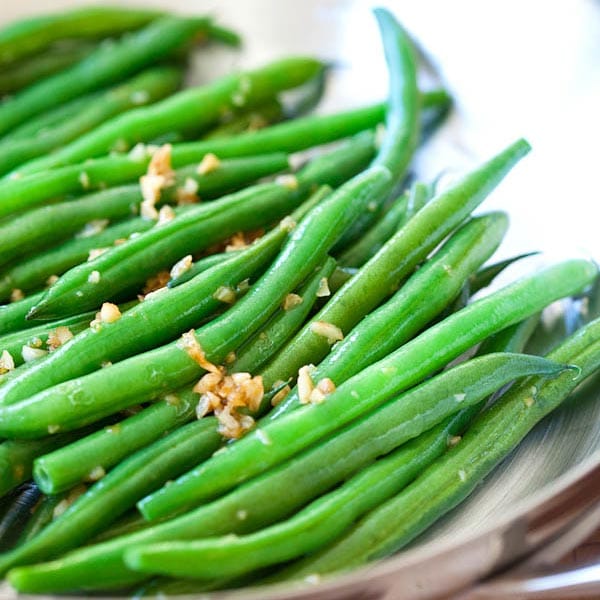
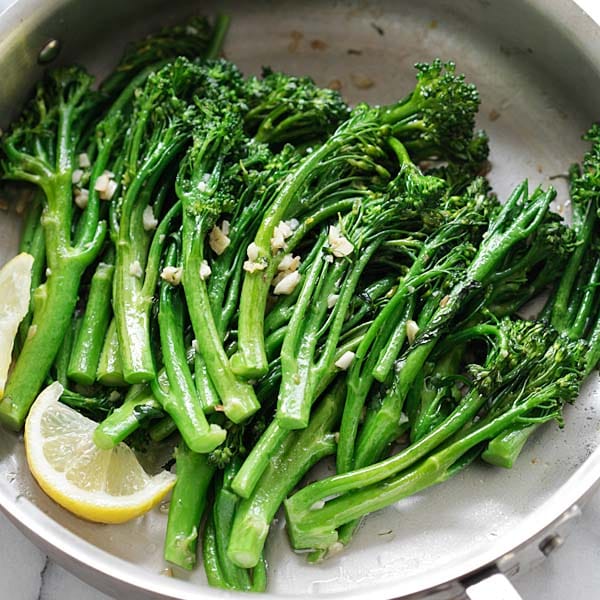






So perfect! The rose wine pairing is a great suggestion. I didn’t have lemon slices or parsley and it was delicious.
Hi Sue, thanks for trying my recipe and for the 5 stars! :)
Thanks you Lady
Hi Orhn, thanks for trying my recipe and for the 5 stars! :)
Best recipe on google! My go to for most any salmon!!! 🤤🤤
Hi Lawson, thanks for trying my recipe and for the 5 stars! :)
What if I don’t have a cast iron skillet?
You can use any oven safe pan or even a regular nonstick skillet. If your pan isn’t oven safe, just cook the salmon on the stovetop and skip the broil step. The salmon will still turn out delicious with that sticky honey garlic sauce.
I added some extra spices like Old Bay and Morton’s Nature’ Seasons. Hubby loved it.
Hi Gwyneth, thanks for trying my recipe! :)